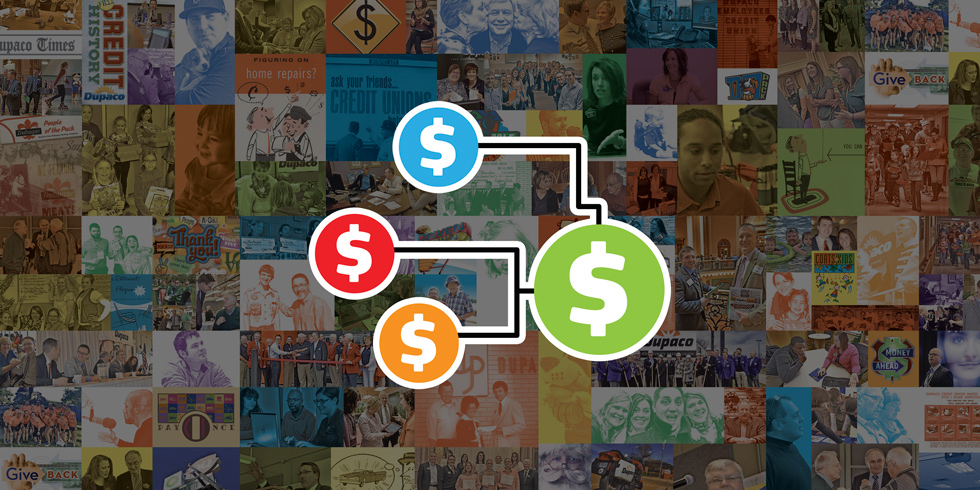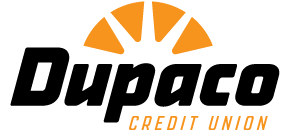
No business knows exactly what the future holds. But budgeting and cash flow forecasting can reduce your level of uncertainty—helping you anticipate problems, learn from the past and improve your ability to control your business.
Cash flow forecasts and budgets provide two complementary and reasonably simple tools to help you make the right decisions.
Try our free cash flow forecast tool >
Difference between a budget and cash flow
A budget is your prediction of what could happen in the future. It allows you to play with different sales and expense scenarios.
A cash flow shows your actual expenses and sales revenue that flow into your business each month.
Cash flows and budgets often deal with the same data in different ways.
For example: You might budget $1,000 per month for online costs. But in the cash flow, you’d enter the actual amount you spent (maybe $987 one month, $1,134 the next).
Because they are so close, a cash flow and budget are often on the same spreadsheet or similar in accounting software.
Benefits of a budget and cash flow
A budget and cash flow forecast can help you:
- Predict and deal with upcoming cash surpluses or shortages
- Plan tax obligations
- Time new equipment purchases
- Plan when to buy in bulk
- Predict future scenarios
- Identify if and when you’ll need a small business loan or line of credit
- Predict if there is cash to pay off debt.
Tracking expenses highlights any costs that have increased or decreased abnormally, allowing you to take timely action. You can also check sales levels and signal any red flags if some area of your business is underperforming.
Tips to help you create a budget and cash flow forecast
Allow at least two to three months to prepare your annual budget.
Prepare 12-month forecasts on an ongoing basis. Update your budget each month based on what happened in your cash flow.
Often the hardest part to get right is the sales forecast. This forecast is typically based on a combination of your sales history, current market conditions and your marketing campaigns.
But if you’ve never been in business before, look at forecasts for different products or geographical areas and any seasonal patterns in your business and industry.
Sales variations might reflect price changes, competitors’ actions, the launch of new products or economic conditions.
Here are some common factors that can make your budget or cash flow forecast incorrect:
- Lower sales volumes than expected
- Lower prices or a different sales mix
- Certain products didn’t sell
- A location is underperforming
- Budget targets were too high
- Previous sales increases were one-offs and not the start of a trend
- Marketing took longer to have an effect than anticipated
- Customers were slower to pay than expected
Forecasting when you’ll be paid for sales will also be affected by the credit terms you offer, the effectiveness of your debt collection and whether people pay on time.
Don’t forget to include items that don’t relate to sales or operating expenses in your cash flow forecast. This includes loan repayments, tax and shareholder dividends or drawings.
Download your free cash flow forecast tool here >
Conduct sensitivity analyses
Conducting sensitivity or “what if” scenarios can show you how different outcomes affect performance.
Consider working with optimistic, pessimistic and most-likely scenarios to analyze the effects of any changes to revenue or costs.
You can also check the impact of any other significant risks to your business. For example, if 30% of your turnover comes from one customer, what would happen if they stopped buying from you?
Compare your actual expenditure
Comparing your actual expenditure against your budget helps you improve your ability to predict future costs accurately.
Some fixed costs might increase as your business grows, while variable costs per unit might decrease.
Reasons for changes in the relationship between costs and turnover could be:
- The efficiency of production
- Volume discounts
- Costs brought forward or delayed
- Changing supplier payment terms or payment policies
Each month, look at your budget and compare it to your actual cash flow. Then, amend it as you go. As more business information comes in, you’ll get more accurate at completing these forecasts.
Final thought
The purpose of cash flow forecasts and budgets is to help you make more informed decisions.
But they’re only useful management tools if you keep their figures current.
Review and update them at least once a month, or more frequently if things change quickly.

